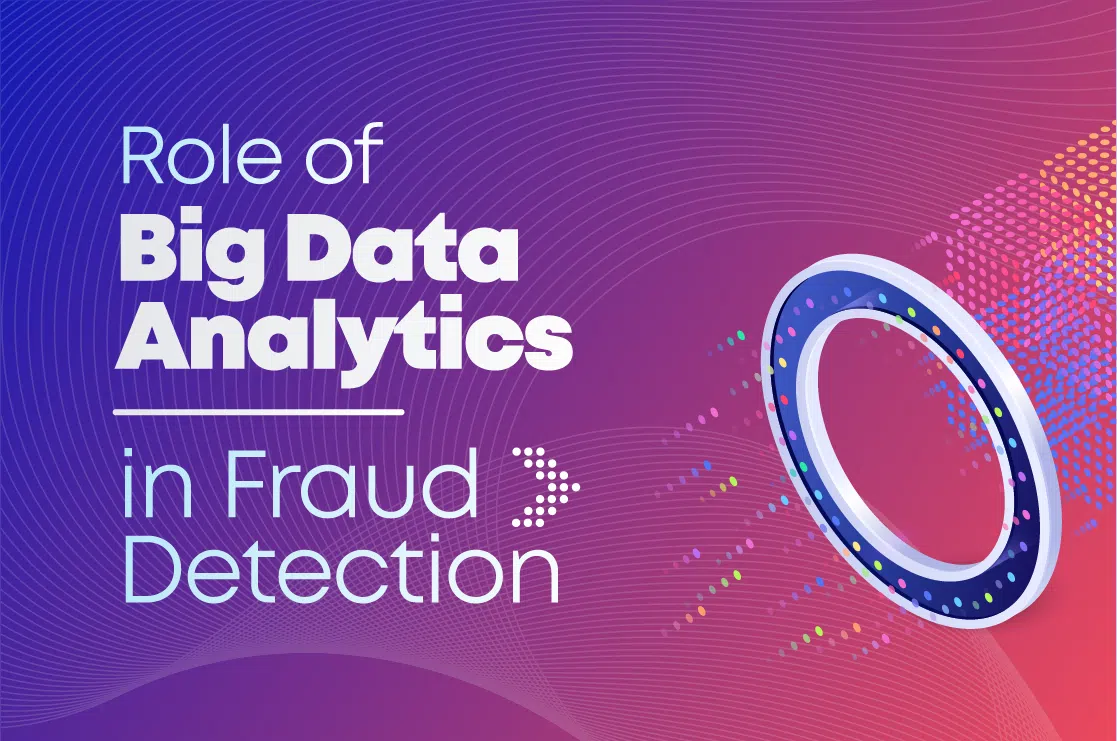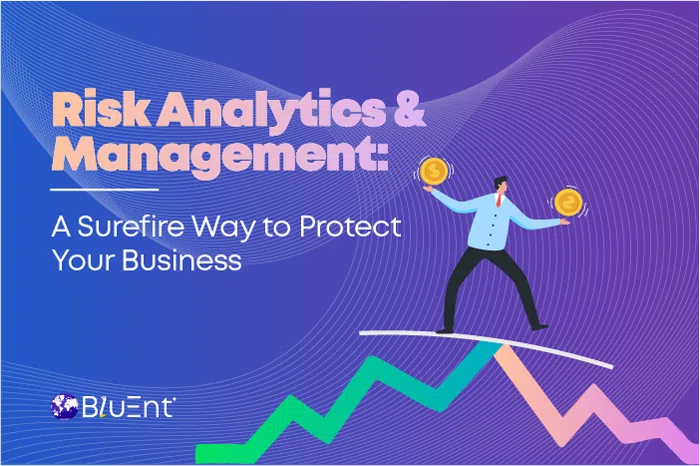For a long time the medical community has been trying to organize their tremendous amounts of data and derive value from it to help their patients. Now, with predictive analytics in healthcare, there lies an opportunity to revolutionize global patient care.
The predictive analytics market is expected to reach almost 11 billion USD in annual revenue by 2022. Businesses are increasingly using it for everything from retail to manufacturing.
Table of contents:
What is predictive analysis?
Predictive analysis is a branch of advanced analytics that is used to make predictions about future events based on historical data. Some techniques include data mining, machine learning, artificial intelligence and various concepts of statistics and modeling.
With faster and cheaper computing, as well as huge amounts of available data, this technique is becoming popular in fields such as healthcare, insurance, financial services, retail, marketing, etc.
A related term – prescriptive analytics – uses machine learning to help organizations decide paths of action. It works with predictive analytics, but they are not the same thing. An example of prescriptive analytics would be Google's self-driving car, Waymo.
Connection between healthcare and predictive analytics
The healthcare and medical industry has vast amounts of data. From research papers and academic teachings to patient data and lab tests, this data opens up a plethora of opportunities for modern computational tools to analyze and derive value.
Predictive analytics has been around for a while, but it was underutilized due to lack of organized records and online availability of data of patients and studies. Now, with the more data-oriented approach of the community, this information is more easily accessible.
Predictive analysis allows vaster and more diverse datasets to be explored so that more relevant and personalized predictions can be obtained.
This will result in better measurement, aggregation, and make sense of newly obtained behavioral, psychological and biometric data.
Recommended Reading:
How can healthcare management systems benefit from predictive analytics?
A healthcare management system or healthcare information management system enables healthcare providers to collect, store, retrieve, and exchange patient healthcare information efficiently.
These management systems are generally provided as Software-as-a-Service (SaaS) solution. Combining predictive analysis with these management systems will bring new benefits resulting in more efficient and effective systems.
For example, according to Jeff Howell, director of growth at AlyaCare, hospitalizations and ER visits were reduced by 73% and 64% respectively in a set of chronically ill patients.
Let's look at some of the advantages of inculcating predictive analytics in healthcare:
Earlier diagnosis of diseases
Several diseases and medical conditions can be prevented with early intervention.
With predictive analysis, the system will be able to derive trends and algorithms that will enable it to look for possible symptoms that can result in conditions like cancer.
More efficient individual care
Predictive analysis will make way for efficient and targeted treatment since the system will have all the medical records of the individual patient.
General treatment is not as efficient or safe for every patient, as it doesn't take into account the specific requirements and conditions of the individual.
Increased accuracy of diagnosis
The accuracy of the diagnosis is increased with the use of predictive analysis. The primary reason for this is the vast amount of data that reveals patterns, which are then used to make predictions.
These patterns are based on various factors including individual patient's health, statistics involving similar patterns, as well as other sources like previous health records, academic papers involving similar issues, etc.
Better prepared hospitals and medical experts
Predictions resulting from patterns will remove the element of surprise.
Unable to see forthcoming scenarios, doctors and hospitals are sometimes caught off guard, which leads to inefficient treatment. With this technology, this will be reduced.
Challenges
There are points of caution one should keep in mind. Seeing more data as more insight, taking insight as value, and underestimating logistical challenges of implementation while overestimating the ability to interpret data are just some of them.
It is important to be aware of these issues before you hire any predictive analytics company.
Conclusion
The inclusion of predictive analytics in healthcare will transform it into a more efficient system. And if you've read till here, you're probably concerned about the current state of global healthcare management.
Luckily for you, help isn't far. BluEnt provides data analytics services, including big data analytics, predictive analytics, and big data management.
Ready to get your healthcare system organized and primed for maximum efficiency? Contact us now!
Maximum Value. Achieved.



 Fraud Data Analytics: How to Detect and Prevent Fraud Using Data
Fraud Data Analytics: How to Detect and Prevent Fraud Using Data  Risk Analysis & Management: A New Approach to Managing Business Uncertainty
Risk Analysis & Management: A New Approach to Managing Business Uncertainty 